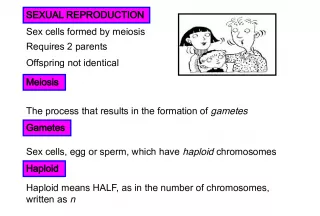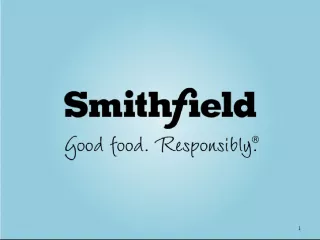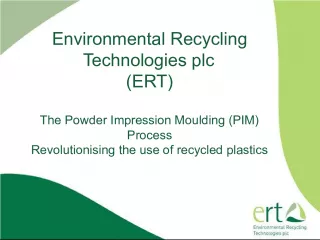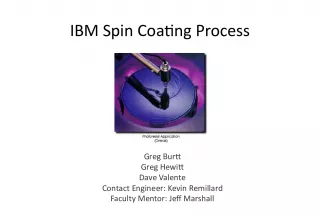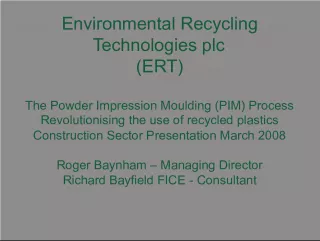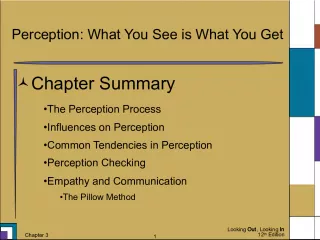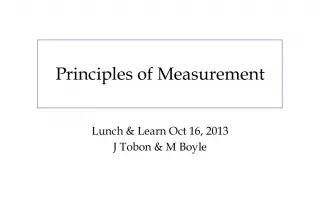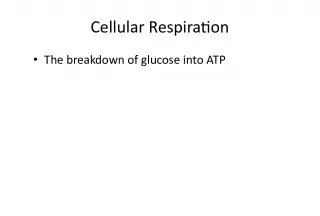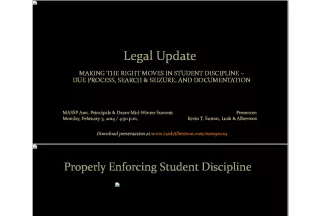The Laundry Process: Keep Your Clothes Looking Their Best!


In this activity, you will learn the steps involved in the laundry process and how to keep your clothes looking their best for longer. The steps include sorting the clothing, pre-t
- Uploaded on | 2 Views
-
 eeviketo
eeviketo
About The Laundry Process: Keep Your Clothes Looking Their Best!
PowerPoint presentation about 'The Laundry Process: Keep Your Clothes Looking Their Best!'. This presentation describes the topic on In this activity, you will learn the steps involved in the laundry process and how to keep your clothes looking their best for longer. The steps include sorting the clothing, pre-t. The key topics included in this slideshow are . Download this presentation absolutely free.
Presentation Transcript
Slide1THE L AUNDRY P ROCESS As a result of completing this activity you will be better prepared to keep your clothes clean and looking their best longer.
Slide2STEPS OF THE LAUNDRY PROCESS . 1. Sort the clothing. 2. Pre-treat stains and heavily soiled areas. 3. Mend or repair . 4. Operate the wash ing machine. 5. Handle fabrics care fully to reduce the need for ironing. 6. Operate the dry er. 7. Iron ing or pressing.
Slide3HOW TO SORT LAUNDRY Sorting is one of the most important steps. While you sort you should: Look for spots or stains and treat them. Close zippers, hooks, & buttons to prevent snagging. Remove all items from pockets. Tie sashes and belts loosely to prevent tangling. Look for tears, rips, etc. and repair these before washing. Sort cloths into loads that will fit in the washer. Separate out special care and non-color fast items.
Slide4COMMON W ASH L OADS Whites – white colors, clothing such as white socks, underwear, undershirts Lights – light colored clothing Brights – clothing that is brighter in colors Darks – navy, black, brown, dark grays Linens – towels, wash cloths, sheets, pillowcases Heavily Soiled – clothing that is very dirty Hand wash – some non-colorfast clothes (their colors bleed or run), some fibers such as wool or silk, loosely woven or knit products, some sweaters, along with delicate or specialty items
Slide5SORTING IS DONE BY … Color White, or white background with pastel figures Solid or print pastels Medium bright colors Dark colors Colorfastness (refers to how well it keeps its color without fading or bleeding/running)
Slide6SORTING IS DONE BY … Type and weight of fabric Loosely woven, knitted, and sheers Lint producing: towels, sheets, terry cloth, etc. Tightly woven, heavy fabrics
Slide7SORTING IS DONE BY … Kind and amount of soil Pre-treat stains and heavily soiled area. Heavily soiled items should be washed separately. Polyesters pick up oily stains and should not be washed with items which are soiled with oily or greasy stains.
Slide8SORTING IS DONE BY … Size Mix large and small items in each load for better cleaning and movement of items in the washer.
Slide9READ ALL CLOTHING CARE LABELS
Slide10PRE - TREAT STAINS M END OR R EPAIR Fresh stains are easier to remove than old stains. Mending articles before washing keeps the torn area from getting bigger or fraying.
Slide11OPERATING THE W ASHING M ACHINE Select the wash temperature . Hot water sets stains, shrinks clothing, fades colors and costs more. Warm water causes little damage to clothing. Cold water protects fabrics, prevents shrinkage, prevents fading, allows stains to remove easily, works best with detergents, and costs less. Select the rinse water temperature . Warm water activates the detergent and causes the clothing not to rinse thoroughly. Cold water allows the rinse cycle to work the best.
Slide12OPERATING THE W ASHING M ACHINE Read your owners manual for best results.
Slide13OPERATING THE W ASHING M ACHINE Select the water level and agitation cycle. Use the regular setting for medium and heavy weight fabrics. Use the delicate setting for lightweight fabrics or delicate items.
Slide14OPERATING THE W ASHING M ACHINE Select the laundry products. Chlorine (liquid) bleach is mainly used on white cotton fabrics. Powdered bleach can be used safely on other fabrics. Chlorine (liquid) bleach should be added to the wash water and mixed thoroughly before the clothes are in the washer. The bleach should not be poured directly on the clothing. Always use the amount of detergent recommended on the box or less – too much detergent is difficult to rinse out and makes the clothing sticky and dull in color. Don’t use extra detergent for extra dirty clothes – wash them twice instead.
Slide15HANDLE FABRICS CAREFULLY Using care with the fabrics can reduce the need for ironing. Using fabric softeners or conditioners helps to eliminate wrinkling. Take the clothes out of the dryer immediately when dry, while they are still warm and hang them up promptly to prevent wrinkling.
Slide16OPERATING THE D RYER Selecting the temperature High heat damages clothing Medium heat does less damage than high heat Low heat is least damaging but takes longer to dry clothing Selecting the time Special care and delicate items only need about 10-15 minutes of drying time on a low temperature An average load of clothing requires about 25-30 minutes of drying time Heavier items, such as towels and jeans, require a longer drying time
Slide17IRONING OR PRESSING If you aren’t sure what temperature to use, start with a lower temperature and increase it until the wrinkles are out. Moisture or steam helps remove wrinkles. H ilda M akes P ies (heat, moisture, pressure)



